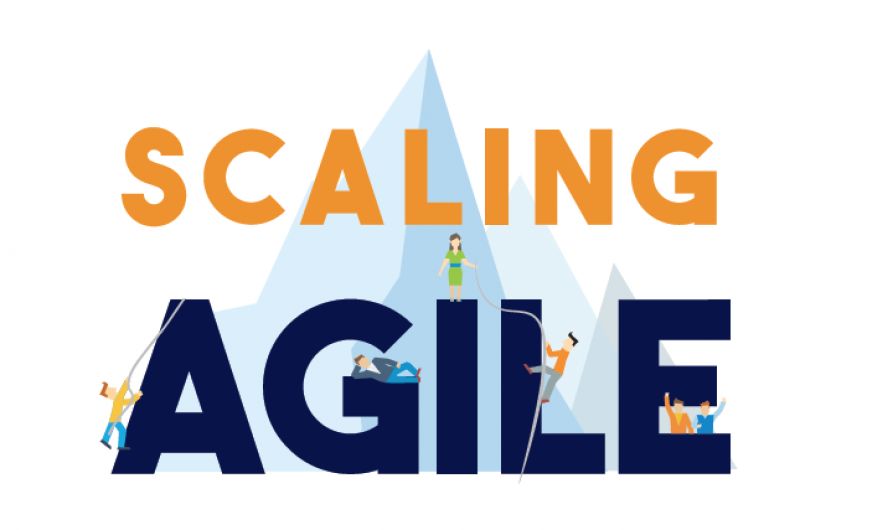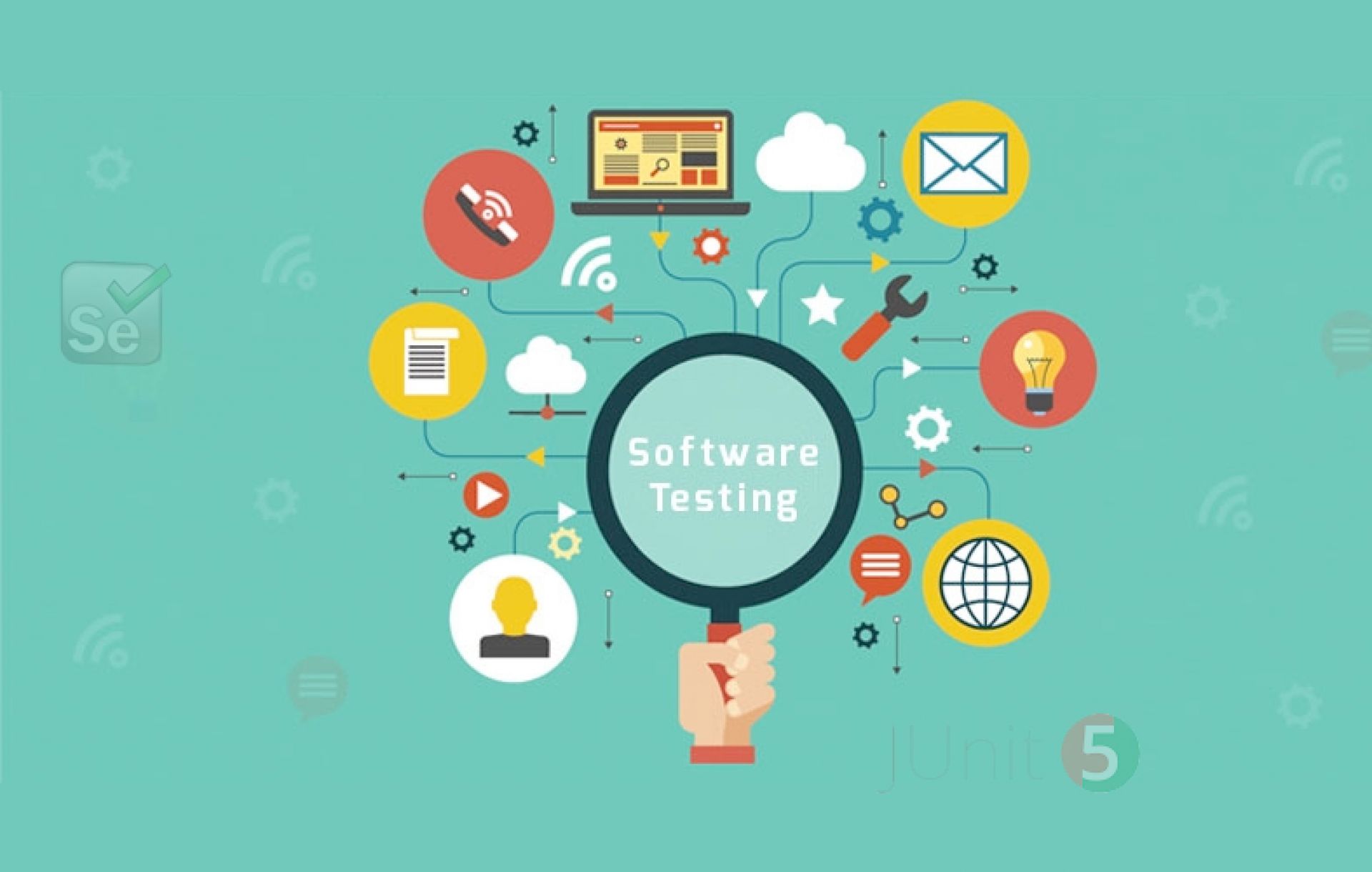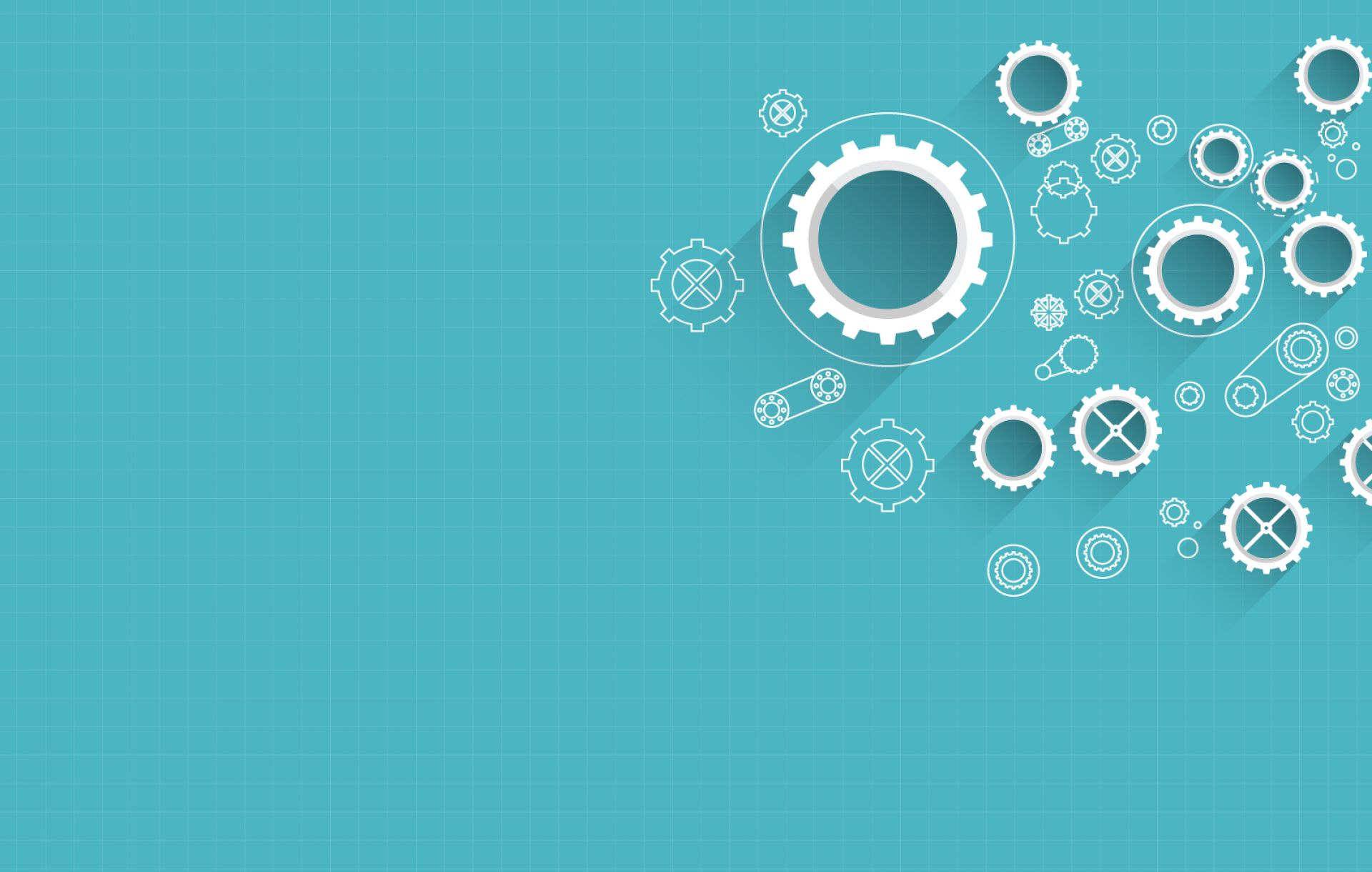
20 facts about Scaling Agile Framework
20 facts about Scaling Agile Framework
Good software is essential to a large company. From storing a customer database to details about employees and their work, software is a crucial part of a business.
Any efficient software is based on a solid framework. A framework allows you to use tried and tested methods to build dependable software that can benefit your company. SAFe is the right one. But what exactly is SAFe?
- The Scaled Agile Framework® (SAFe®) provides a recipe for adopting agile at enterprise scale. A Scrum is to the agile team as SAFe is to the agile enterprise.
- SAFe resolves difficult difficulties - architecture, integration, payments, management, and role on a scale. It is tested on site and comfortable for companies.
- SAFe is the brainchild of Dean Leffingwell.
- SAFe is based on Lean and Agile principles.
- There are three levels in SAFe:
- Team
- Program
- Portfolio
Portfolio Level
- Portfolio management requires strategy, investment funding, program management, and governance.
- Investment themes drive budget allocations.
- Themes are performed within the budgeting process with a life expectancy of 6-12 months.
- Portfolio philosophy is a centralized strategy with local execution.
- Epics describe the big development initiatives that encapsulate the new research needed to realize the superiority of the investment themes.
- There are business epics (customer-facing) and architectural epics (technology solutions).
Program Level
- SAFe defines an Agile Release Train (ART). As iteration is to team, the train is to program.
- The ART (or train) is the primary vehicle for value delivery at the program level. It delivers a value stream for the organization.
- SAFe is the three letter acronym.
- Between 5 and 10 teams act together on the train. They synchronize their own release management and iteration boundaries.
- Every 10 weeks (5 iterations) a train delivers a Potentially Shippable Increment (PSI). A demo and inspect and adapt sessions are held. Planning begins for the next PSI.
- PSI guarantees a stable leap for the research cycle. They are separated from the concept of market releases, which have all the chances to flow most or least often in a different schedule.
Team Level
- Scrum with XP engineering practices is used.
- Define/Build/Test (DBT) teams (5-9 members) deliver working, fully tested software every two weeks.
- CA Technologies weekly agile webinars teach basic team-level practices.
While the implementation of agile in enterprise environments has helped organizations improve software quality, increase team productivity, better manage priorities, and increase speed to market, many companies face issues with scaling agile beyond small teams or groups of teams.
But scaling agile in enterprise environments is possible, as successes of some organizations demonstrate. Key success factors like executive support, shifts in delivery and organizational mindset, consistent processes, and proper training and coaching should be areas of focus for companies that are trying to implement agile or scale their agile efforts beyond single or small teams.



